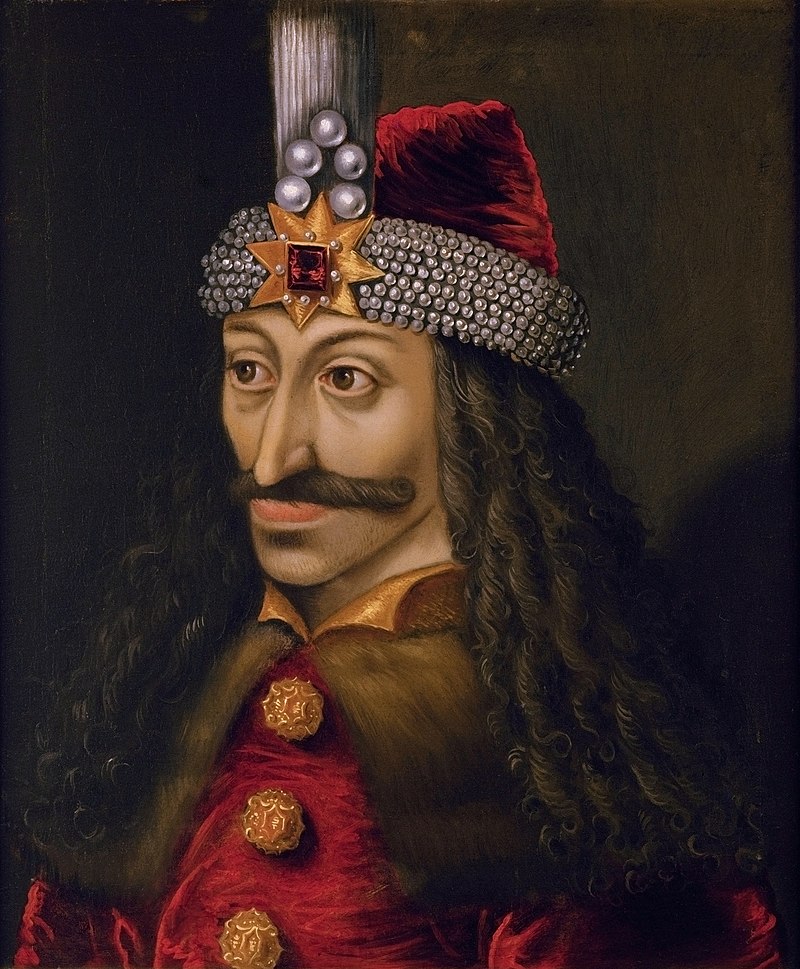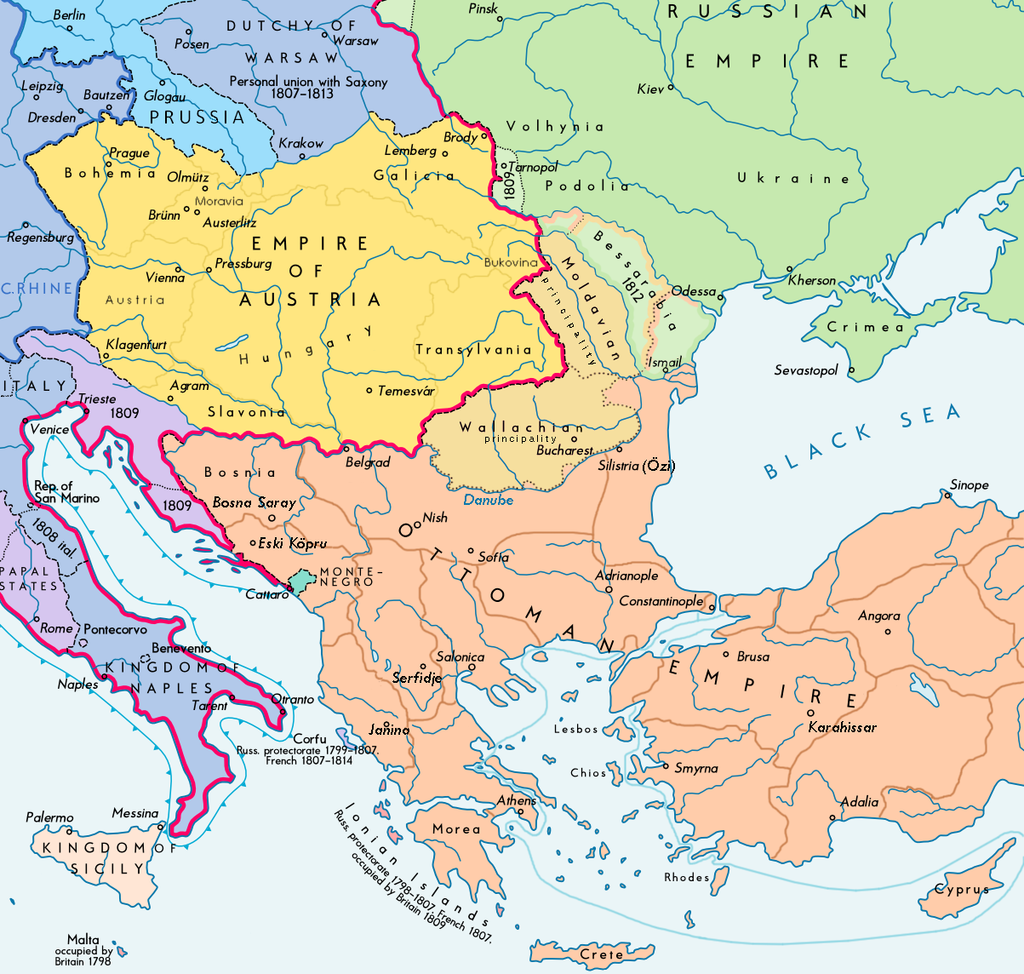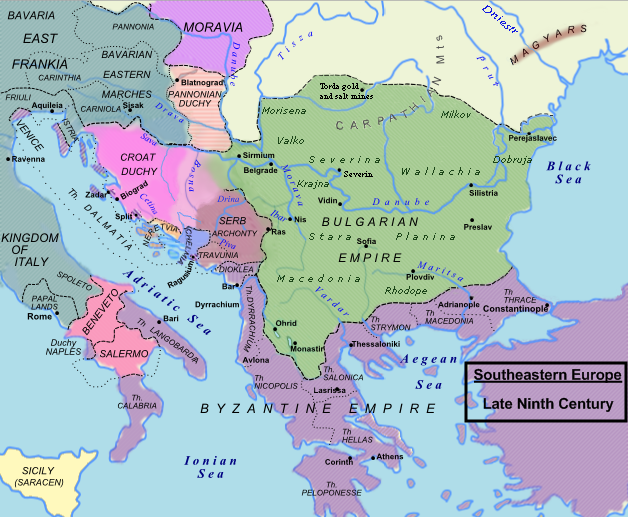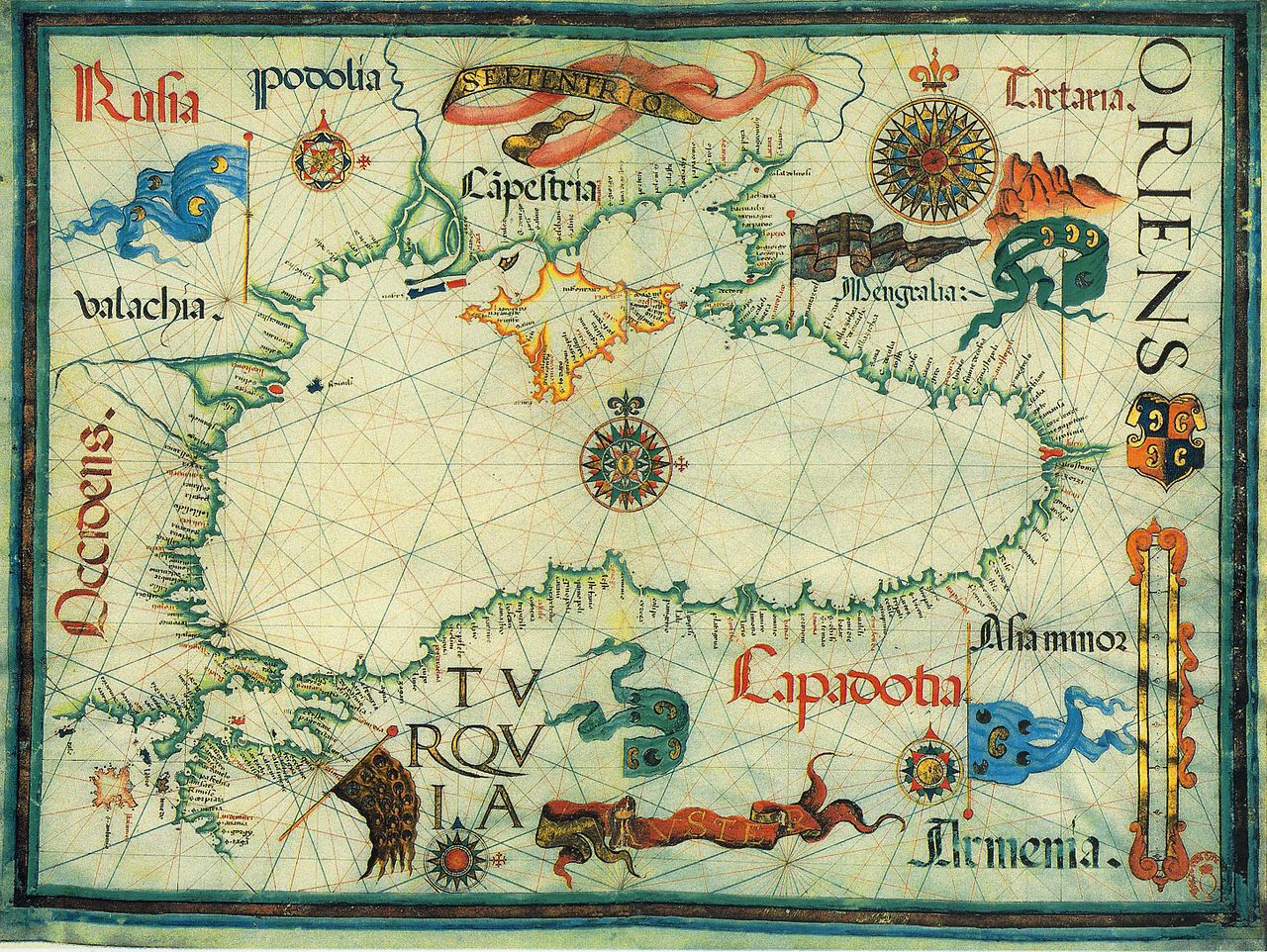
AsianOverland.net
Tour Guide - Itinerary
Asian Overland Sydney to London
Started 22/06/2022 Finished 21/06/2023365 Days ITINERARY
Day 273 date 21/03/2023BUDAPEST, HUNGARY to BUCHAREST, ROMANIA
ASIANOVERLAND.NET LONDON TO SYDNEY DAY 273: BUDAPEST, HUNGARY TO BUCHAREST, ROMANIA
The area of Wallachia (now Romania) was settled by the Roman Empire, although the first mention of “Wallachia” dates to 1246 by Béla IV of Hungary.
Wallacia was founded as an independent principality in the early 14th century by Basarab I, the first independent ruler of Wallachia, after a rebellion against Charles I of Hungary.
Wallacia initially defeated the Ottomans in the Battle of Rovine in 1394, driving them away and briefly extending Wallacian rule to the Danube Delta (c. 1400–1404).
After Mehmed I took control of Turnu Măgurele and Giurgiu (two ports which remained part of the Ottoman state, with Russian interruptions, until 1829), Wallachia was forced to accept a peace treaty with the Ottomans in 1417, in which it accepted the suzerainty of the Ottoman Empire, which lasted until the 19th century.
In 1431, the boyar-backed Alexander I Aldea took the Wallacian throne, but the boyars were dealt successive blows by Vlad II Dracul in 1436–1442 and 1443–1447, who also attempted a compromise between the Ottomans and the Holy Roman Empire.
Faced with both internal and external conflict, Vlad II Dracul reluctantly agreed to pay the tribute demanded of him by the Ottoman Empire, despite his affiliation with the Order of the Dragon, a group of noblemen whose creed was to repel the Ottoman invasion. As part of the tribute, the sons of Vlad II Dracul (Radu cel Frumos and Vlad III Dracula) were taken into Ottoman custody. The Ottoman Sultan released Vlad III to rule Wallacia in 1448 after his father's assassination in 1447.
Known as Vlad III the Impaler or Vlad III Dracula, he immediately put to death the boyars who had conspired against his father, and was both a national hero and a cruel tyrant. He showed no mercy toward thieves, murderers or anyone who plotted against his rule. Vlad demonstrated his intolerance by utilizing impalement as a form of execution.
As the entire Balkans inexorably became an integral part of the growing Ottoman Empire, concluding with the fall of Constantinople to Sultan Mehmed the Conqueror in 1453, Wallachian confrontations with the Ottomans became increasingly futile.
Bucharest was mentioned as the 'Citadel of București' in 1459, and became the residence of the ruler of Wallachia, Vlad the Impaler, until his defeat by Mehmed the Conqueror.
Bucharest was the capital of Wallachia from 1659 to 1859, the capital of the United Principalities of Moldavia and Wallachia (Romanian United Principalities, and the Kingdom of Romania) from 1859 to 1881.
In 1806 Sultan Selim III of the Ottoman Empire was encouraged by the French Empire to remove multiple lords from their land in Wallachia and Moldavia due to their Pro-Russian positions. The French then moved into the Balkan Peninsula, raising tensions with Russia. To protect their borders from potential French invasion, Russia moved thousands of soldiers into Moldavia and Wallachia, and the Ottoman Sultan declared war on Russia in 1806.
A large Ottoman offensive was sent to Bucharest, which was occupied by Russians, but failed. In Armenia a few thousand Russian troops defeated 20,000 Turkish forces, and Russia subsequently won a major naval victory, defeating the Ottoman fleet. This naval victory, along with other Russian victories, led to Ottoman Sultan Selim III being deposed.
The Russians then destroyed the remains of Ottoman fleet, establishing naval supremacy in the Black Sea.
In 1811, Grand Vizier Ahmed Pasha gathered 60,000 Turkish soldiers in Ottoman controlled Bulgaria and attacked the Russians, but the Russians retreated across the Danube River. The Turkish chased after the Russians, but were ambushed, promptly surrounded and decisively defeated.
The Treaty of Bucharest between the Ottoman Empire and the Russian Empire, was signed on 28 May 1812 in Bucharest, and ratified on 5 July 1812, at the end of the Russo-Turkish War of 1806–1812. Under its terms, the Budjak and the eastern half of the Principality of Moldavia, between Prut and Dniester Rivers, with an area of 45,630 km2 (Bessarabia), was ceded by the Ottoman Empire to Russia. Russia also obtained trading rights on the Danube.
In Transcaucasia, the Ottomans renounced their claims to most of western Georgia by accepting the Russian annexation of 1810.
Under Article 8 of the Bucharest Treaty, a truce was signed with the rebelling Serbs and autonomy given to Serbia. The Treaty of Bucharest, signed by the Russian commander Mikhail Kutuzov, was ratified by Alexander I of Russia 13 days before Napoleon's invasion of Russia.
The modern Romanian state was formed in 1859 through a personal union of the Danubian Principalities of Moldavia and Wallachia. The new state, officially named Romania since 1866, gained independence from the Ottoman Empire in 1877.
After the collapse of the Austro-Hungarian Empire following its defeat in the First World War, the settlement areas of the Danube Swabians were divided into three parts by the Allied Powers. One part remained with Hungary, the second part was allocated to Romania, and the third part to the newly established state of Yugoslavia. In the following period of ethnic nationalism, the Danube Swabians fought for equality as citizens and for the preservation of their German cultural traditions. In the 1930s, Nazi Germany promoted National Socialist ideas to the Danube Swabians and claimed the right to protect them as part of its reason for invading eastern Europe.
In June–August 1940, as a consequence of the Molotov–Ribbentrop Pact and Second Vienna Award, Romania ceded Bessarabia and Northern Bukovina to the Soviet Union and Northern Transylvania to Hungary.
In June 1941 Romania entered World War II on the Axis side, fighting against the Soviet Union until August 1944, when it joined the Allies and recovered Northern Transylvania. Following the war and occupation by the Red Army, Romania became a socialist republic and a member of the Warsaw Pact.
© This work is copyright. Apart from any use permitted under the Copyright Act 1968, no part may be reproduced by any process, nor may any other exclusive right be exercised, without the permission of Peter Searle, peter@portseavillageresort.com; 1980-2024.
Website built by Justin O’Dea www.webdeveloperdocklands.com.au








